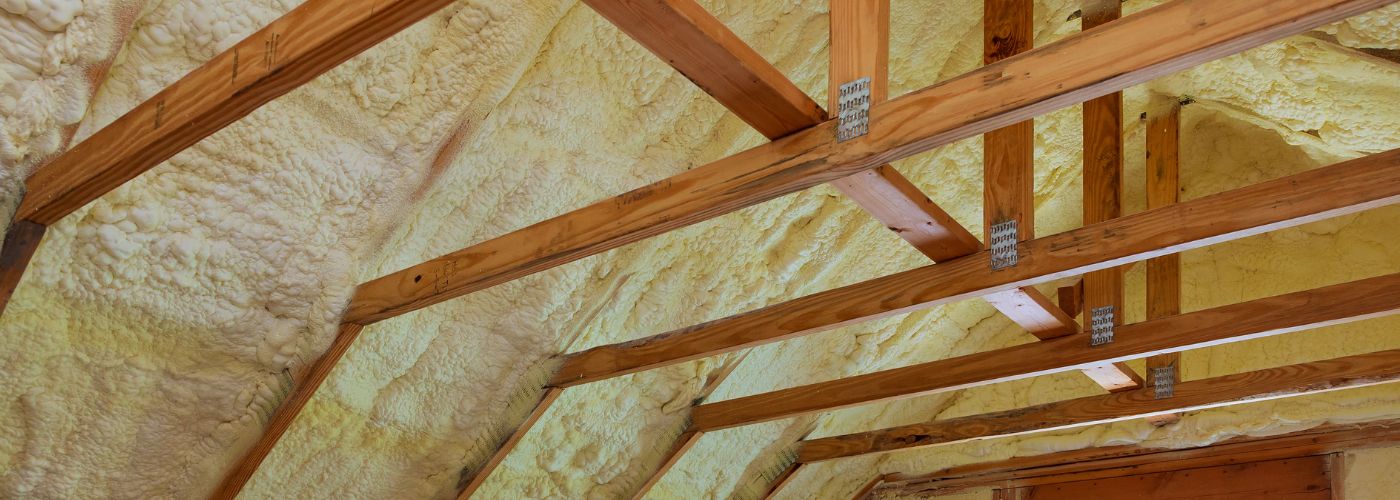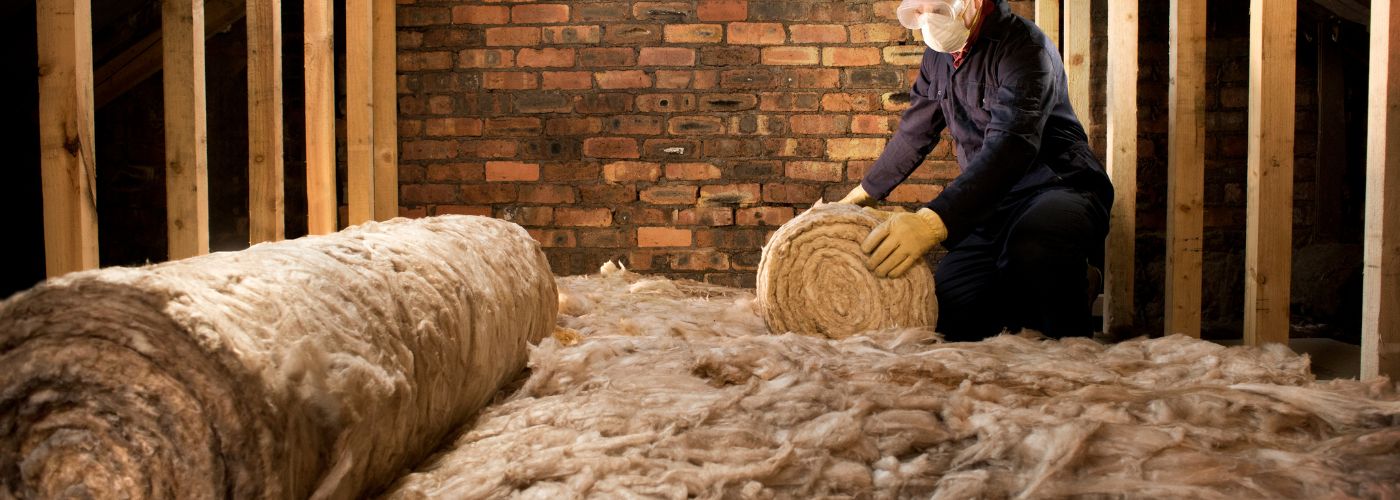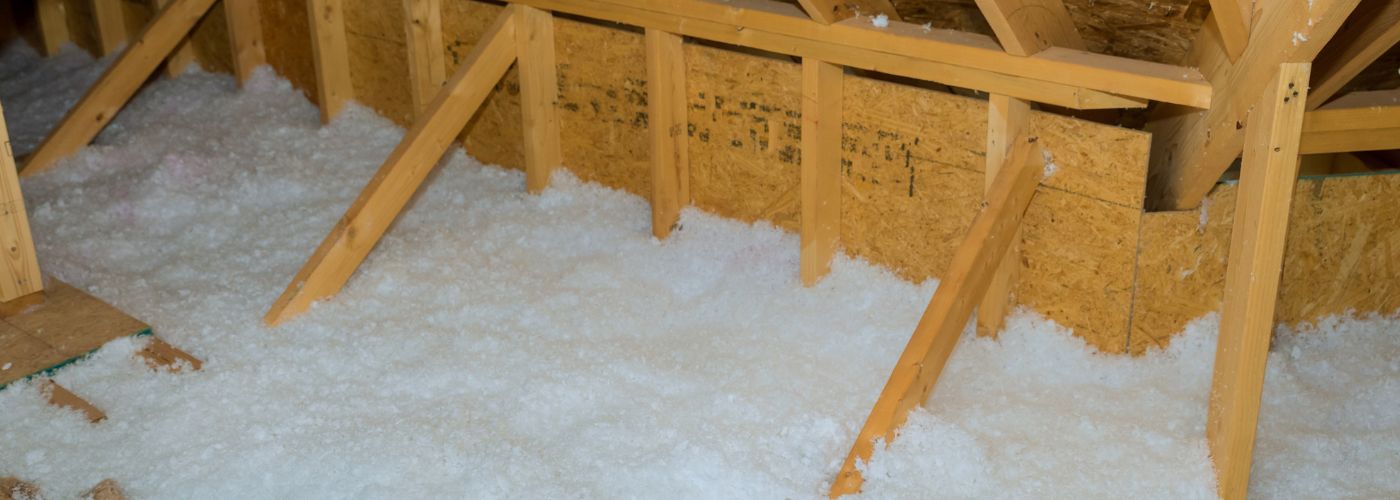Insulation is a crucial element for any home, serving as a barrier that helps maintain comfortable indoor temperatures and reduces energy consumption. With the ever-increasing focus on energy efficiency and sustainability, homeowners are seeking out effective insulation materials to improve their homes’ insulation performance. We’ll explore some commonly used insulation materials for homes, providing insights into their characteristics, benefits, and potential drawbacks.
What Are Good Attic Insulation Materials?
When it comes to insulating your attic, choosing the right materials is crucial. One popular option is fiberglass insulation. It is made from spun glass fibers and comes in batts or rolls that can easily be installed between joists and rafters. Fiberglass insulation is known for its affordability and effectiveness in preventing heat transfer.
Another excellent choice for attic insulation is cellulose insulation. This material consists of recycled paper products that have been treated with fire-retardant chemicals.
Cellulose insulation can be blown into attics, filling every nook and cranny to prevent air leaks effectively. It has a higher R-value than fiberglass, meaning it provides better thermal resistance and therefore greater energy efficiency.
Spray-on foam insulation is another great option for attics because it’s able to provide a seamless and airtight barrier. This type of insulation is applied as a liquid and expands to fill the entire space, creating an effective thermal envelope.
Spray foam insulation also has excellent soundproofing properties, making it ideal for attic spaces that may double as living areas or home offices.
In addition to its superior insulation capabilities, spray foam has the added benefit of being moisture-resistant. This helps prevent issues such as mold growth and water damage in the attic, ensuring long-term durability.
Do Crawl Spaces Need Insulation?
Crawl spaces are often overlooked when it comes to insulation, but they play a significant role in the energy efficiency and comfort of a home. So, do crawl spaces need insulation? The answer is yes!

Insulating your crawl space can have numerous benefits, including improved energy efficiency, better indoor air quality, and increased durability of your home.
Firstly, insulating your crawl space helps to prevent heat loss or gain from the ground below. Without proper insulation, cold air can seep into your home during winter months while hot air infiltrates during summer.
This can lead to uncomfortable temperatures inside your living spaces and result in higher heating or cooling bills. By adding insulation to the walls or floors of your crawl space, you create a barrier that reduces heat transfer and maintains a more consistent indoor temperature throughout the year.
Some popular crawl space insulation materials are fiberglass batts, spray foam insulation, and rigid foam insulation.
Fiberglass batts are a common choice for crawl space insulation. These pre-cut rolls of fiberglass are easy to install and provide excellent thermal resistance. They can be placed between the joists or stapled to the walls of the crawl space.
Fiberglass batts also have the advantage of being relatively affordable compared to other insulation options.
Spray foam insulation is great for crawl spaces because it can easily fill in gaps and cracks, creating a seamless barrier against air leakage and moisture. It expands to fit the space, ensuring a tight seal that prevents heat loss or gain.
Spray foam insulation also has the added benefit of being resistant to mold and mildew growth, making it an ideal choice for crawl spaces where humidity levels may be high. All of these energy-efficient materials are great for businesses and homes alike.
How Long Does Insulation Last?
Insulation material lifespan can vary depending on several factors, such as the type of insulation used, its quality, and the conditions it is exposed to.
Generally speaking, fiberglass and cellulose insulation have a lifespan of around 20-30 years. These materials tend to be more durable and resistant to wear and tear over time. On the other hand, spray foam insulation can last even longer – up to 50 years or more!

This type of insulation creates a solid barrier that doesn’t break down easily. However, it’s important to note that these estimates are just averages; some installations may deteriorate sooner or last longer based on various individual circumstances.
It’s best to speak with a professional who can work with your budget for insulation materials. The better the insulation material the higher the price. However, there are tons of cost-effective insulation materials for homes and commercial properties alike!
Warning Signs of Bad Insulation
1. High Energy Bills: One of the most obvious warning signs of bad insulation is consistently high energy bills. If your home is not properly insulated, it will struggle to maintain a comfortable temperature, causing your heating and cooling systems to work harder and consume more energy. Keep an eye on your utility bills – if they seem unusually high despite normal usage patterns, it may be time to inspect your insulation. Poor insulation could also be a sign that you need a roof replacement.
2. Uneven Temperatures: Poorly insulated homes often have noticeable temperature variations from room to room or even within the same space. You might find that certain areas are constantly colder in the winter or hotter in the summer no matter how much you adjust the thermostat. This inconsistency occurs because inadequate insulation fails to prevent heat transfer effectively, allowing outside temperatures and drafts to infiltrate your living spaces.
3. Work or Ripped Insulation: If you notice any visible damage such as worn-out or ripped insulation. Over time, insulation can deteriorate due to various factors like age, moisture, pests, or even human activity. If you come across exposed areas with missing or damaged insulation material, it’s essential to address the issue promptly.
Damaged insulation not only compromises its effectiveness but also leaves gaps for air leaks and reduces energy efficiency.
